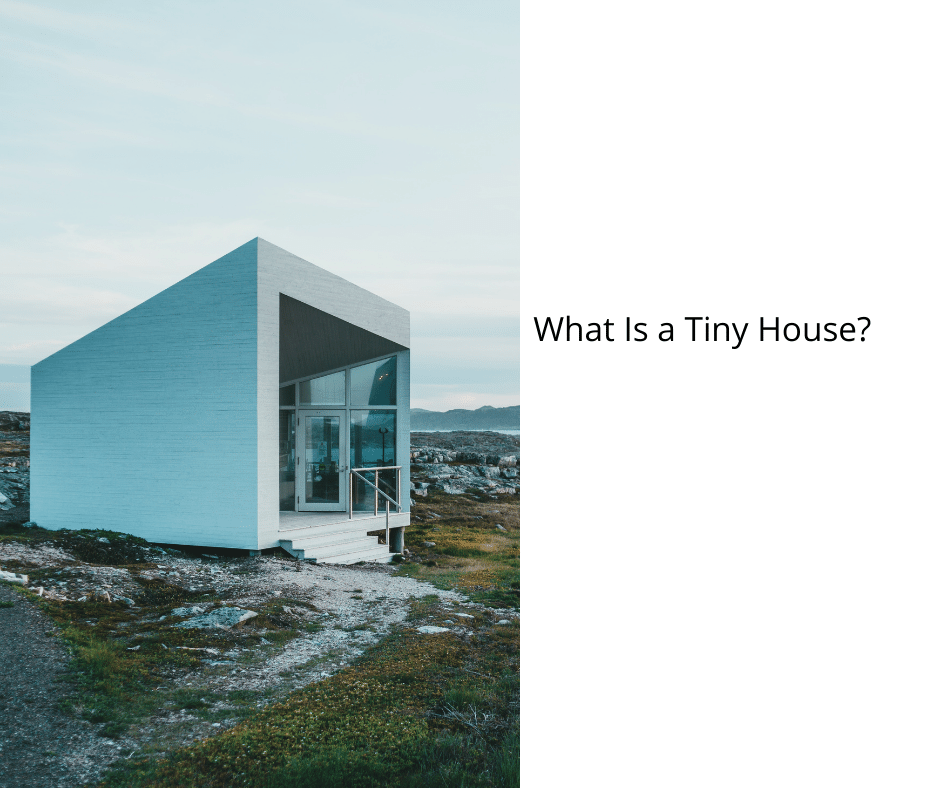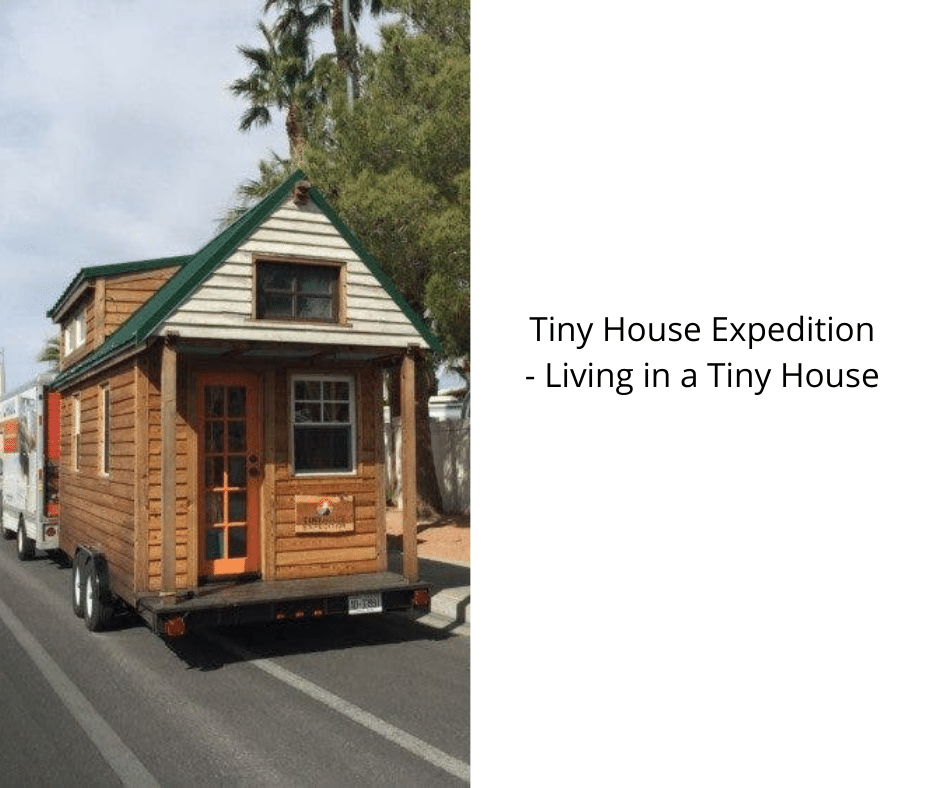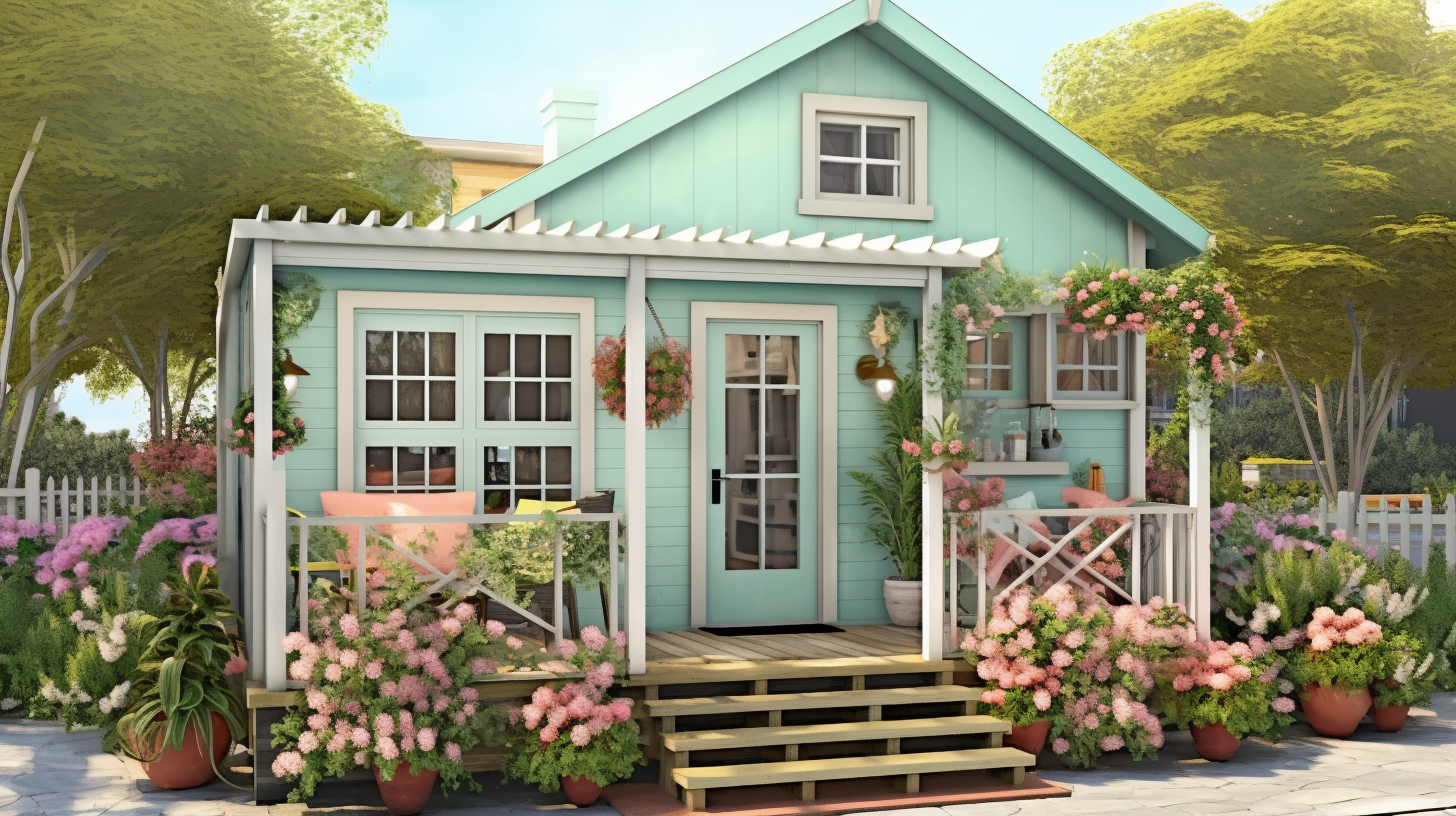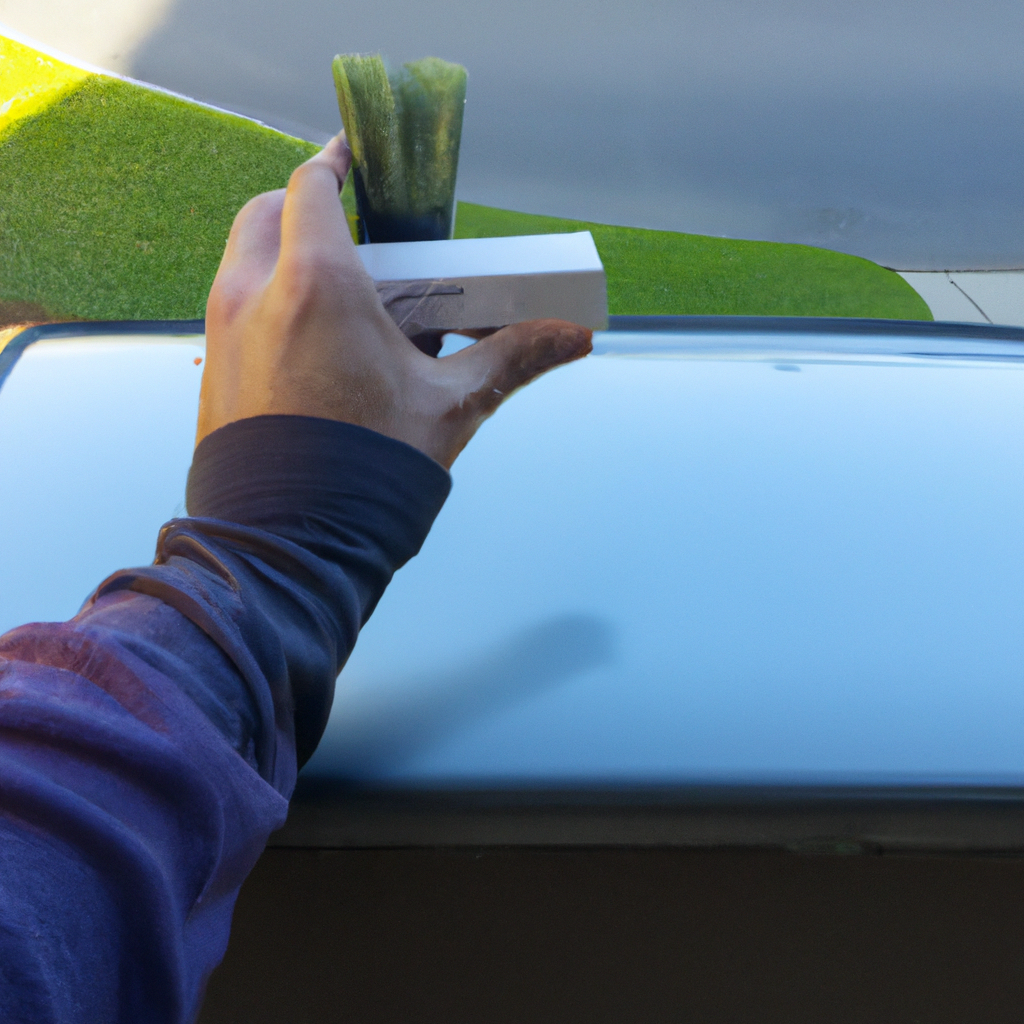Were you aware that the average expense of constructing a conventional residence in the United States is approximately $280,000? That’s a substantial price tag!
But what if I told you that you could build a tiny house for a fraction of that cost?
In this article, I will explore budget-friendly building materials, thrifty design strategies, and cost-saving construction techniques that will help you build your dream tiny house without breaking the bank.
So, let’s dive in and discover how cheaply you can build a tiny house!
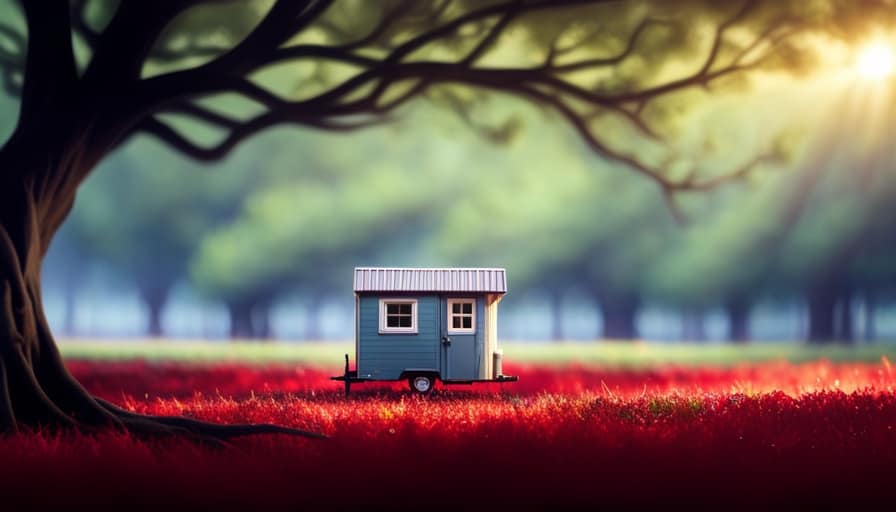
Key Takeaways
- Utilize salvage materials and reclaimed items from demolition sites and salvage yards
- Maximize space and storage efficiency with vertical storage, foldable furniture, and clever storage solutions
- Incorporate energy-efficient insulation and appliances to reduce heating, cooling, and energy costs
- Minimize labor costs through efficient planning, DIY construction techniques, and recruiting friends and family to help with the building process.
Budget-Friendly Building Materials
I can find plenty of budget-friendly building materials for my tiny house project. One of the best ways to save money is by using salvage materials. There are many salvage yards and demolition sites where I can find reclaimed wood, windows, doors, and other materials at a fraction of the cost.
These salvaged materials not only help me stay within my budget, but also add character and a unique touch to my tiny house.
Additionally, I can save even more money by building DIY furniture. With a little creativity and some basic woodworking skills, I can construct my own tables, shelves, and even seating options.
This not only saves money, but also allows me to tailor the furniture to fit the specific needs and dimensions of my tiny house.

Thrifty Design Strategies
By incorporating clever storage solutions and utilizing multipurpose furniture, I can maximize the limited space in my tiny house while keeping costs down. Here are some cost-effective layout optimization and creative repurposing ideas that I plan to implement:
-
Vertical Storage: I’ll utilize vertical space by installing shelves and hooks on walls to store items like books, kitchen utensils, and clothes. This will help keep the floor area clutter-free and make the most of the available space.
-
Foldable Furniture: Investing in foldable furniture, such as a dining table or a murphy bed, will allow me to use the same piece for multiple functions. This will save money and also provide flexibility in the layout of the tiny house.
-
Dual-Purpose Items: I’ll look for furniture and fixtures that serve dual purposes, like a storage ottoman that can also be used as a seating area. This way, I can optimize both storage and seating without needing separate items.
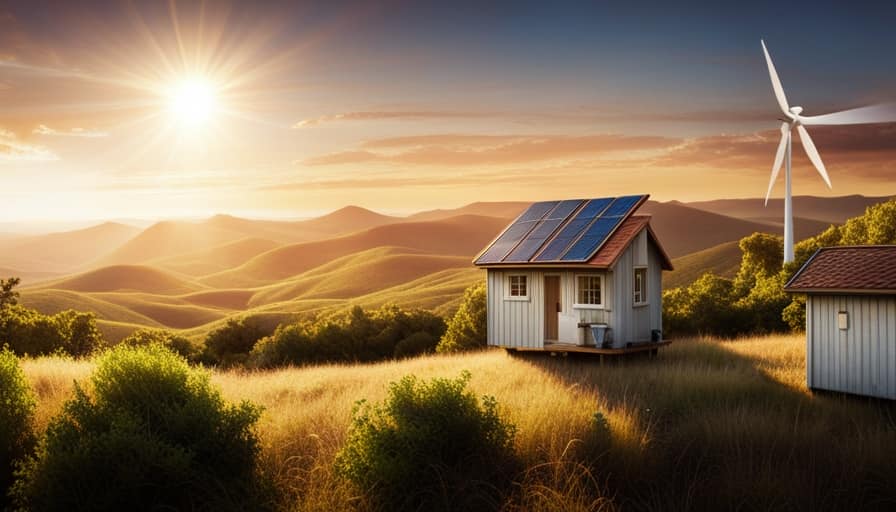
Cost-Saving Construction Techniques
Using innovative and efficient building methods, I can significantly reduce the cost of constructing my tiny house. By incorporating energy efficient insulation and salvaged building materials, I can save both money and resources. Energy efficient insulation helps to minimize heating and cooling costs, keeping the interior comfortable while reducing energy consumption. Salvaged building materials, such as reclaimed wood or repurposed fixtures, can be obtained at a lower cost or even for free, adding character and uniqueness to my tiny house while reducing expenses.
| Benefit | Energy Efficient Insulation | Salvaged Building Materials |
|---|---|---|
| Cost Savings | Reduces heating and cooling costs | Obtained at lower cost or for free |
| Environmental Impact | Reduces energy consumption | Reduces waste and promotes recycling |
| Aesthetics | Provides a comfortable interior | Adds character and uniqueness |
Affordable Tiny House Appliances and Fixtures
One can find affordable tiny house appliances and fixtures that meet their needs and budget. When it comes to outfitting a tiny house, it’s important to prioritize space-saving and cost-effective options.
Here are three budget-friendly kitchen appliances and affordable bathroom fixtures that can be perfect for your tiny house:
-
Compact Refrigerator: Look for a compact refrigerator that’s energy-efficient and has a small footprint. This will help you save space and reduce your energy consumption.
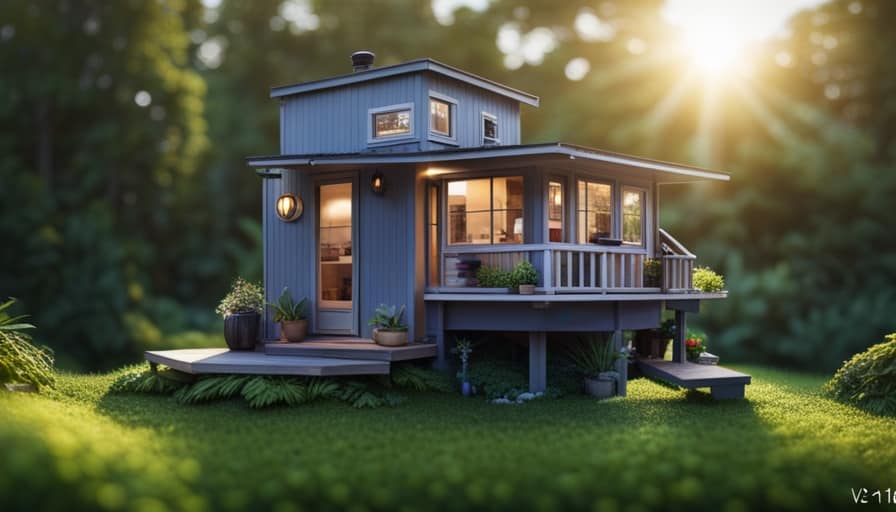
-
Induction Cooktop: An induction cooktop is a great choice for a tiny house kitchen. It’s efficient, safe, and takes up minimal space. Plus, it heats up quickly and offers precise temperature control.
-
Space-Saving Bathroom Fixtures: Opt for fixtures like a corner sink, a small toilet, and a compact shower stall. These fixtures are designed to maximize space without compromising functionality.
Tips for Minimizing Labor Costs
During the construction process of my tiny house, I found that by carefully planning and organizing tasks, I was able to minimize labor costs and complete the project more efficiently. Implementing cost-effective building methods and utilizing DIY construction techniques helped reduce the need for hiring professionals and saved me a significant amount of money. Here are some tips I discovered:
| Tips for Minimizing Labor Costs | Benefits |
|---|---|
| Simplify the design | Minimizes the number of complex tasks and reduces labor time |
| Prioritize tasks | Ensures efficient use of time and resources |
| Recruit friends and family | Utilize the help of loved ones to reduce labor costs |
Frequently Asked Questions
What Are Some Alternative Options for Budget-Friendly Building Materials Other Than Those Mentioned in the Article?
When it comes to finding alternative options for budget-friendly building materials, there are a few sustainable and cost-effective construction techniques to consider. Let’s explore some of these options in more detail.

Are There Any Design Strategies That Can Make a Tiny House Feel More Spacious and Open Without Increasing Costs?
How can I make a tiny house feel more spacious and open without increasing costs? Maximizing natural light and utilizing creative storage solutions are key. By strategically placing windows and incorporating built-in storage, I can create an illusion of space.
Are There Any Construction Techniques That Can Help Reduce the Environmental Impact of Building a Tiny House While Also Saving Money?
Using alternative construction methods and eco-friendly building materials can help reduce the environmental impact of building a tiny house while also saving money. It’s important to consider sustainable options like recycled materials and energy-efficient systems.
Can You Recommend Affordable and Energy-Efficient Appliances and Fixtures for a Tiny House?
Well, when it comes to affordable appliance options for a tiny house, I’ve done my fair share of research. Energy-efficient fixtures are also a must. Let me break it down for you.
Are There Any Additional Tips or Recommendations for Minimizing Labor Costs That Haven’t Been Mentioned in the Article?
When it comes to minimizing construction time and finding affordable laborers for building a tiny house, there are a few additional tips and recommendations that can be helpful.
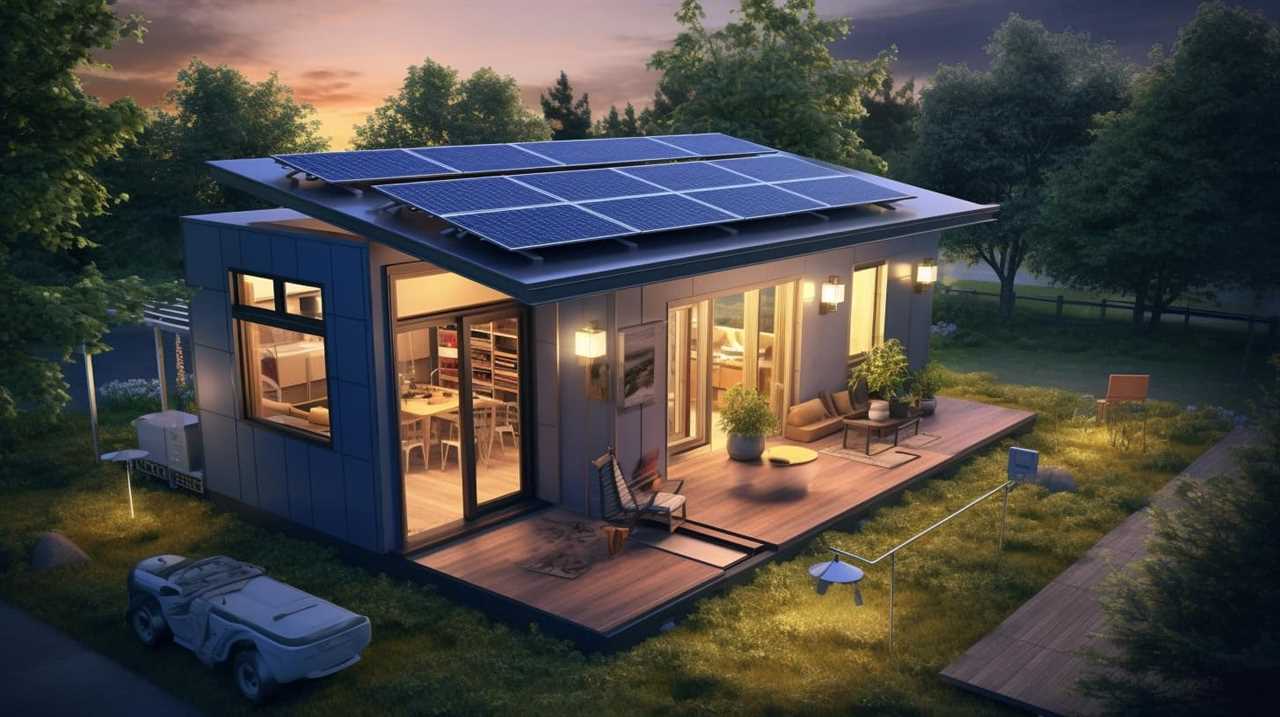
Conclusion
In conclusion, building a tiny house on a budget isn’t only possible but also a smart and practical choice. By using budget-friendly materials, implementing thrifty design strategies, and employing cost-saving construction techniques, you can create a beautiful and functional tiny house without breaking the bank.
Remember, as the saying goes, ‘A penny saved is a penny earned.’ So, start planning your affordable tiny house today and enjoy the benefits of minimal living while saving money.
I’m Theodore, and I love tiny houses. In fact, I’m the author of Tiny House 43, a book about tiny houses that are also tree houses. I think they’re magical places where imaginations can run wild and adventures are just waiting to happen.
While tree houses are often associated with childhood, they can be the perfect adult retreat. They offer a cozy space to relax and unwind, surrounded by nature. And since they’re typically built on stilts or raised platforms, they offer stunning views that traditional homes simply can’t match.
If you’re looking for a unique and romantic getaway, a tree house tiny house might just be the perfect option.



